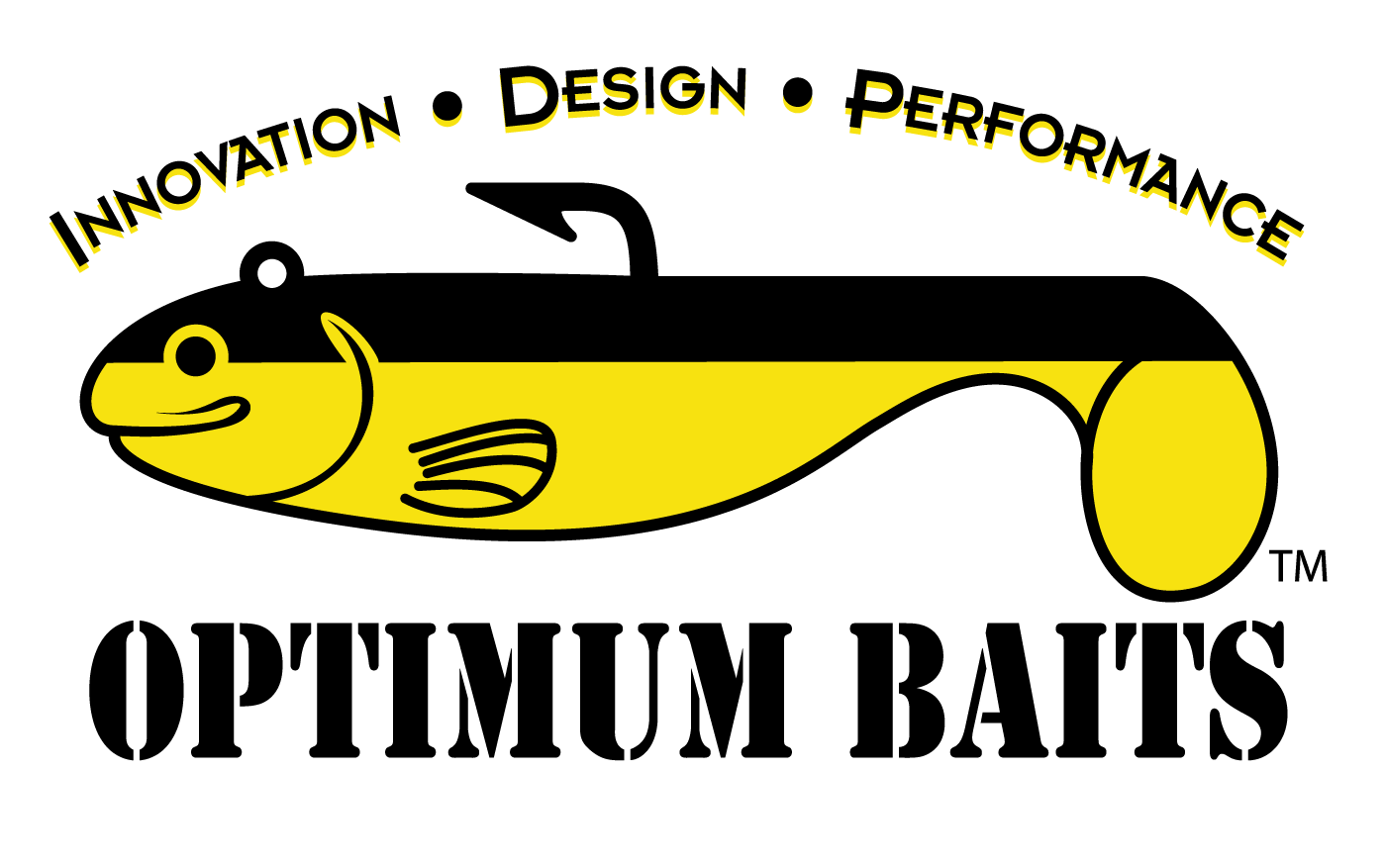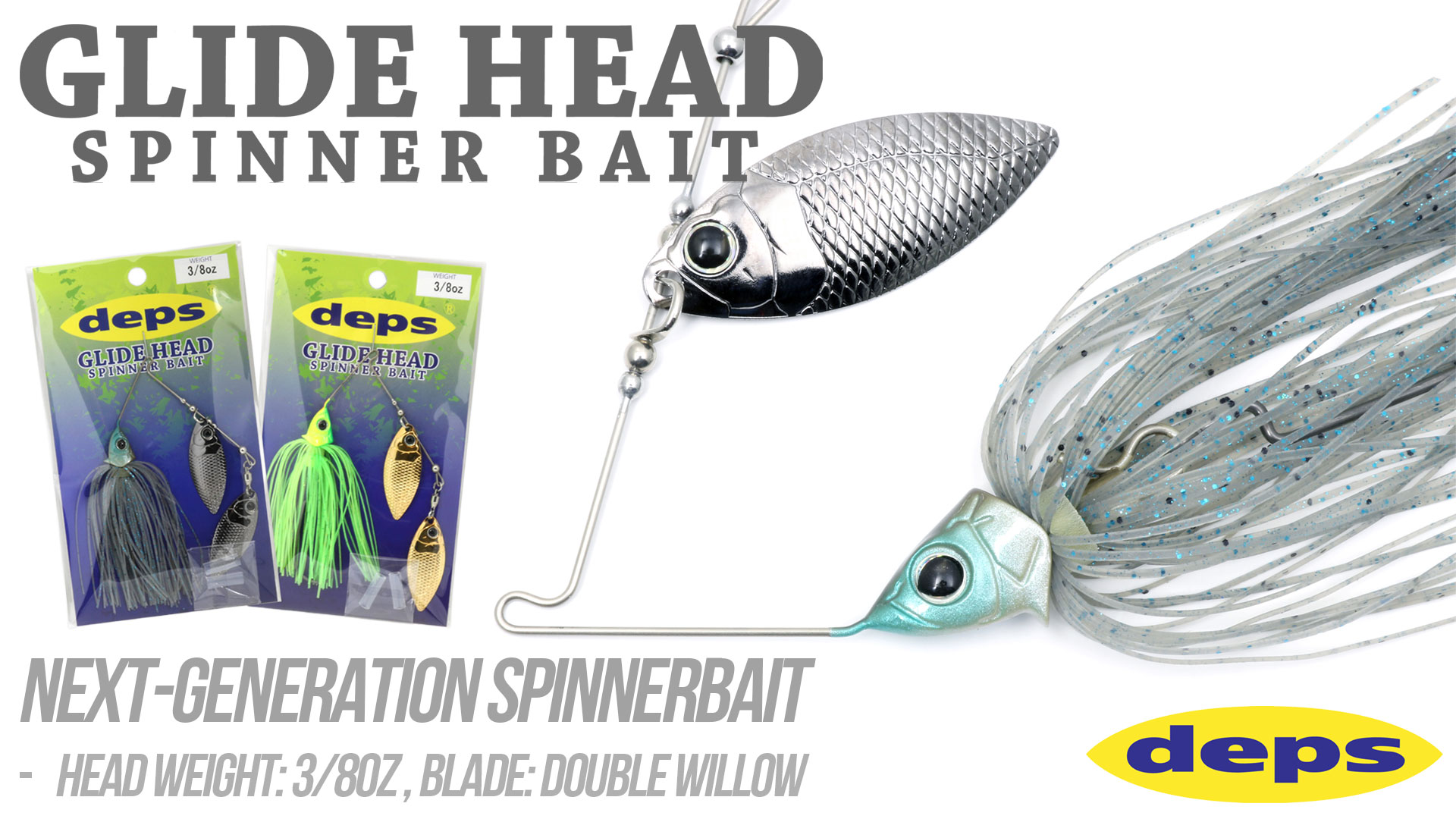With the Balisong Minnow Longbill 130 SF, deps owner and chief lure designer Kazu Okumura desired to create a new concept lure for big bass – a big profile,natural minnow body combined with an oversized bill like you find on a deep-diving crankbait.
Okumura desired to produce a new concept big bait for big bass that you can still crash into riprap, bounce off rocks and other structure because of the oversized bill – but not have an overpowering wide wobbling crankbait action. Instead, the action is a tighter rolling and flashing action.
A crankbait features a bulbous rotund body that makes an attention-getting wide wobble and you can say it\’s even an obnoxious lure. Throwing a crankbait over and over in the same area is a proven method to make a bass so annoyed that it attacks the boisterous crankbait out of ire.
With the Balisong Longbill, it features more of a natural silhouette, fluid flashing and has a more natural baitfish allure with a tight, shuddering wiggle. When bass behave spookily, especially in clear water where they can’t be repeatedly harassed or bullied into biting, that’s where the natural Balisong Longbill minnow can produce better than the uncouthly crankbait.

This new bait is designed to be fished and is fished predominately two ways for big bass in Japan.

First method: Making the Magic
The first method which is the predominant method for using the Longbill is called the \”pumping method\” in open water. It is not your typical jerk and pause because this minnow does not glide, stride or stray wide out to the sides. When pumped it darts straight ahead with a brisk wiggle. That’s what a baitfish typically does.
Make a long cast and initially crank the bait down so it will track underwater at approximately 8 to 11 feet deep. This depth is the domain of the Balisong Minnow and it is a well-known “attack range” or comfort zone of many trophy bass and above-average size bass caught in Japan. Most all bass lures work shallower or deeper, above or below this desired 8 to 11-foot depth range of trophy bass hunters in Japan. The Longbill maximizes all its time in the big bass attack range with its big baitfish profile and natural wiggling action.
So, with the first few cranks of the handle, get it down into attack range and then switch to the pumping method.
Hold the rod pointed around 9 to 10 o’clock, sighted directly down the line at the lure and raise the rod straight up in pumping strokes to 11 or 12 o’clock. Definitely play around with the length of the strokes and also the quickness, softness, hardness, suddenness etc. Use the reel mostly to take up loose line on the downstroke. This will produce bursts of tight, natural and fluid swimming actions from the minnow on the upstroke, followed by a hesitant pause on the downstroke.
This kind of action is most natural in clear, open water because most small fish are always stopping to look around in order to make sure the coast is clear before they move again. The baitfish stops, makes up its mind which way to go and whether to burst into escape flight or not. Most of the time, the baitfish moves straight ahead in a sequence of short advances and short pauses. So an action that imitates that swim-pause-look-continue, swim-pause-look-continue movement of live prey is the predominant method to give life to the Longbill.
Most of their lives, baitfish slink and lurk along tentatively, always looking first one way, then the other, before they step out into the open. They swim a short distance, then pause, swim a little more, pause and move on, ad infinitum. That natural baitfish action when replicated with a pumping method is a most effective way to use it.
Action Reversal Strike Trigger
There is a little weak, struggling moment that Okumura built in for you as well – and that vulnerable instant triggers many strikes. After it is pumped forward, when the rod tip is drawn back to 11 or 12 o’clock, the Longbill stalls and stutters right at that moment because it’s a slow-floating lure, it starts to rise and has to revert and changeup from a forward-moving head-down posture to a backward-moving rise making the bait appear weak and vulnerable for a second before it regains and stabilizes its rising,slow-floating composure. Again, the strike trigger is strongest only for a second as it changes up – but that instant often compels a following big bass to strike it.
Again, experiment with long and short, slow or fast, soft or hard pumps or mix them up and let the bass tell you how they want it pumped on any given day, which can change as the conditions do during a day.
Overall, it is the start-and-stop, swim-pause-look-continue action of a natural minnow that you are trying to replicate with the Longbill. There’s a knack to pausing the bait correctly so it looks around for security and then continues swimming like a natural baitfish. So replicating that lifelike action – doing what a minnow does – is key to this pumping retrieve. Hard to describe in writing, but so easy to understand once you acquire your knack of maintaining this baitfish’s swimming sequence of starts-and-stops for the duration of the retrieve. You must “be” the Longbill to produce big bass with it.
Again, one of the ideas behind this big profile minnow is getting it to track in the big bass attack range strike zone. The bait will track 8 to 11 feet deep in open water and excels predominately when the bottom, structure, flooded treetops or deep underwater grass will be 10 to 15 feet below the surface. It’s very easy to control the depth of this bait and to know you will always be in the strike zone and the “attack range” of above average size and trophy bass.

Second Method: Dragging Bottom
The second method to use this minnow is to make contact with the long bill in areas of harder bottom – riprap, chunk rock, gravel, pebbly, sandy or rough patches are where to use it like a long-billed crankbait. The long bill will help deflection and also because it is slow floating will help prevent getting hung up.
While it tracks 8-11 feet deep with the pumping method in open water, it can be worked along the bottom in shallower water very nicely. For dragging bottom, it excels anywhere from 3-4 to 11 feet deep to contact bottom at those depths.
As already mentioned, with its tighter wiggling action, the Balisong Longbill is suited more for clearer water presentations where you would not typically use a wide-wobbling square bill or other shallow- to medium-running crankbait.
Dragging the long-billed, medium-diving Longbill across a hard bottom like it\’s a crankbait or even like a jig, Texas or Carolina rig is deadly – and it’s a tactic you can\’t pull off with many other minnow style lures. The Balisong Longbill, with its long bill and its belly and tail hooks held high behind it – has features that help it avoid snags. It tends to posture head down at about a 60 degree angle when it contacts the bottom.
The business end of the long bill is rolled down to enable it to push off rather than wedge into whatever it contacts. The rolled-down outer lip of the long bill will cause the temporarily-stopped lure’s tail to cantilever far forward until the tail passes over and ahead of where the bill is stuck, reversing the angle of the bill from approximately +60 degrees wedging into a snag to -60 degrees which reverses the bill angle, sliding the bill right out of the impediment.
Use a stop-and-go retrieve to drag it forward, using the reel mainly to recover loose line in between drags. When the minnow’s forward movement pauses while you reel in the slack, it doesn’t stay perfectly still; the Longbill shifts posture, changes up and backs up as it slowly floats and sidles around using its own built-in action when paused momentarily.
Once you feel the lure in regular contact with the bottom as you drag it, you can slow way down and stop the lure predominately wherever it bogs down heavily – as this is the strike zone. If it’s dragging across a level bottom, the contact will be constant; if it’s a sloping bottom, the contact will be intermittent and more like tapping bottom as the Longbill hugs the slope. When the lure stops, that means: 1) either a fish has it or 2) it has reached some obstacle, big or small – and that\’s when to pause the retrieve to feel for a bite or to detect some sign of life on the other end because sometimes it’s tough to tell a big bass from a boulder.
It\’s during the pauses when strikes often occur. You may simply notice your line go slack or moving off to the side as a big bass runs off with it – just like jig fishing.
Drag the Longbill across bottom – and stop it to changeup, back up and slowly float in its own strike space when it bumps up against a rock, ledge, depth change or other bottom obstruction. Typically, that\’s right where bass wait in ambush or where they\’ll hide when at rest. A lure bumping along and stopping right there on the edge of a bottom transition, depth transition, structure or isolated cover is too much for any big bass to resist. After the initial pause, shake the fishing line for several seconds (like using a shakey jig) and then make a pause again because it’s often the changeup on the pause that convinces even the most reluctant big bass to strike.
This method works year-round from the hottest day of summer to the coldest of winter – and the deps Balisong Longbill 130 SF is one of the only bass fishing minnow style baits specifically designed to be used like a crankbait (or jig) to contact rugged or irregular bottom (anything from a pea gravel bed to a stairstep ledge), then using stop-and-go reeling, pausing when necessary to let it float itself out of the toughest snags.
If you like our jig allegory equating how to drag the Longbill to how you drag a jig, then use that visualization as the same allegory to also enliven the Longbill with the pumping method in open water.
As you may now realize, pumping it in open water is not that different a method than dragging it across bottom sans the contact. Follow this logic that you have learned here, and you too will be empowered to extract more, bigger bass from deep within their “attack range” with the deps Balisong Minnow Longbill 130 SF.







